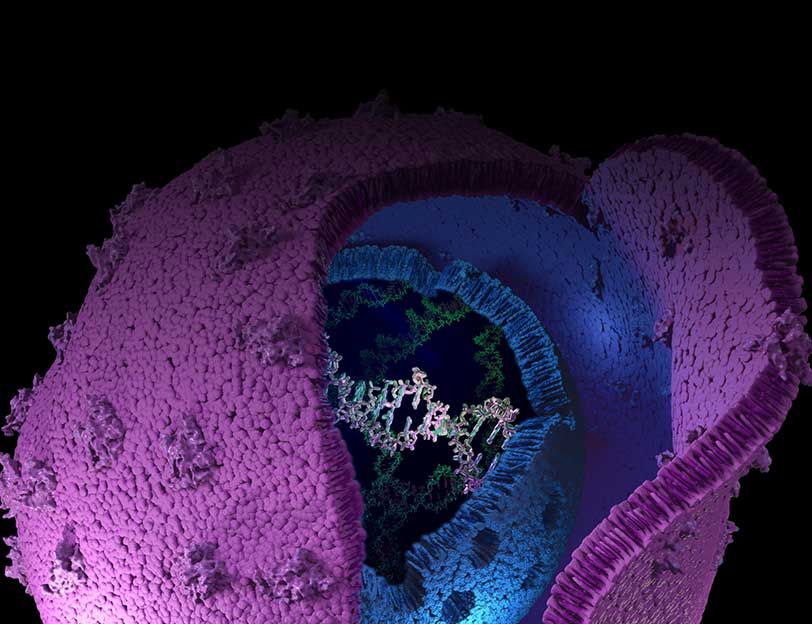Mixed Sample Analysis
GenePrint® 24 provides a convenient STR-based method for detecting cell and tissue mixtures and confirming cell origin and identity. Applications include twin zygosity testing, tissue and cell provenance testing, floater analysis and examining genetic changes during cancer development and progression.
The GenePrint® 24 System allows co-amplification and five-color detection of 24 loci (D3S1358, D1S1656, D2S441, D10S1248, D13S317, D16S539, D18S51, D2S1338, CSF1PO, TH01, vWA, D21S11, D7S820, D5S818, TPOX, D8S1179, D12S391, D19S433, D22S1045, and FGA plus Penta E, Penta D, DYS391) and Amelogenin.
Filter By
Shop all Mixed Sample Analysis Products
Showing 4 of 4 Products
Mixed Sample Analysis Basics
Short tandem repeat (STR) analysis is a fast and easy way to confirm sample identity. STRs are repetitive 3–7 base pair sequences scattered throughout the human genome. Comparing the STR profile of a tissue with that of a reference sample can determine the sample’s identity.
STR analysis can be used to confirm the identity of tissue samples and to detect sample contamination, which appears as a mixed STR profile. The sensitivity of STR analysis, which can create full profiles from less than 100pg of DNA, detects up to 1% of contaminating cells or tissue.


